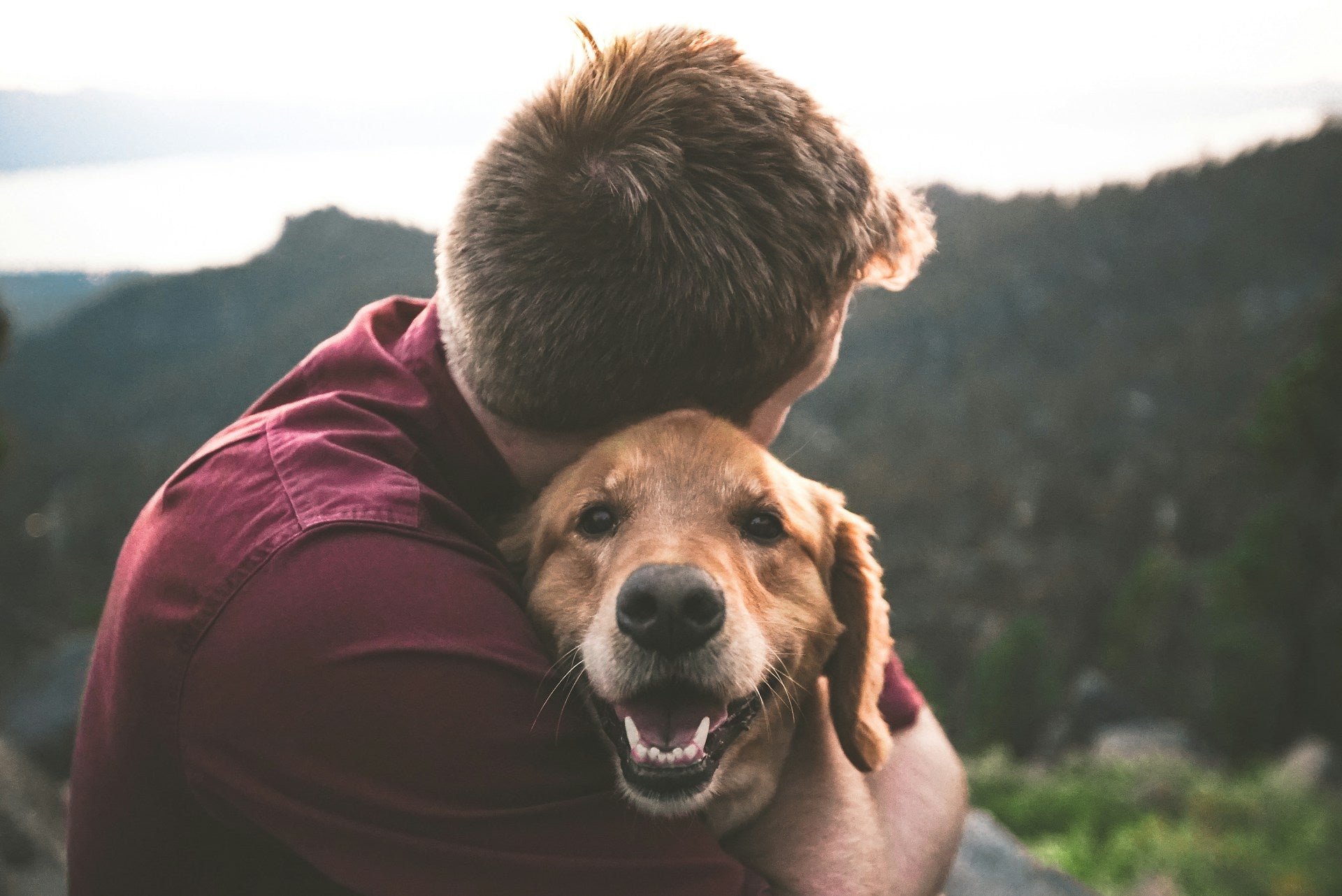Pet Cremations – What To Expect
Saying goodbye to our pets is a very emotional time and preparing yourself for what to expect is often not high on the list of priorities.
Sometimes the decision to cremate or bury is often swayed by lack of knowledge and understanding of the process.
We recently caught up with Alan Crane, Director of South West Pet Cremations to walk through the cremation process and to answer some of those questions we are too afraid to ask.
What exactly is a cremation?
Alan: Cremation is a heating process whereby the deceased pet is placed in a cremator. The intense heat reduces the pets body to its basic elements with dried bone fragments. Once the cremation is complete, the pieces are ground into a sand-like powder of uniform consistency which are referred to as cremains.
How do the pets get to the crematorium?
Alan: Deceased pets get here a variety of different ways. We either go to the vets and pick them up or people bring them in - sometimes we go to people's places, depending on what suits them. Some people like to take their pets to the vet and then walk out and leave it all to the vet to arrange, some like to bring their pets in here themselves and then other people like to keep their pets at home, have a little ceremony and say their goodbyes, and then we'll collect them from their place.
When a pet is bought here from the vet, what happens?
Alan: The pet gets weighed, that's pretty crucial to the whole process, we need to we get the weights right. We then get a paw print and a lock of fur before the cremation process.
Once the cremation is complete, we put the ashes in to the urn ready to be collected with their paw print, lock of fur and certificate.
What happens when someone brings in their pet?
Alan: When people come in with their deceased pet, we place the pet on our special tables whilst we sit and talk through process. The family then pick out the urn they would like us to put their pets cremations into and we fill in the paperwork. Once the paperwork is complete and they have paid, they say their final farewells before we move their beloved pet to another room in preparation for the cremation. The family then return in the following days to collect the ashes.
The cremation process is usually the same when we collect a deceased pet from the vet. However, in some cases, we return the ashes to the vet and the family collect from there.
What do the pets come in?
Alan: A lot of people bring their pets in on their beds where they laid, or the rugs they have slept on - anything the pet is comfortable in. Sometimes they are wrapped in shrouds and bought in after they have had a little memorial service at home.
We leave the pet wrapped in their blanket or on their pet beds until we have finished all the paper work. Some people chose to have the pets cremated wrapped in the blanket, but most choose to collect the bed or blanket when they collect the ashes.
At the vets, it's a little bit different because the vets take care of of all that. When we pick the pet up from the vets they are usually just in black plastic bags. The pets we collect from homes are normally wrapped in a blanket or they are still on their pet bed - we have a stretcher to move them.
Is it like humans? Do you get artificial limbs and things like that?
Alan: It is exactly the same process as a human cremation - we do find some artificial hips and and some metals screws, but they are very small.
How long does it take?
Alan: Smaller animals like birds, rabbits, hamsters, ferrets, Guinea pigs, small-breed dogs and cats are usually incinerated in a short time, that is, within 30-45 minutes. Larger animals, however, may take hours, depending upon the weight.
The time it takes is dependent on the weight and the fat content of the pet. It's the same as humans. The more fat you got in there, there's more fuel, so the quicker it cremates.
Obviously, the ashes you get from a 70-kilo dog compared to a budgie would be quite different?
Alan: Yes. The amount of ashes is normally 3% of the body weight of the pet.
How do I know I received the right ashes?
Alan: We have proper procedures in place to ensure that cremation remains of different pets are kept separately.
We are very, very meticulous. When the pets come in they are tagged and allocated a box - and that's their box until they go out again. The machines are all cleaned out in between cremations and cleaned thoroughly, and every pet is cremated individually.
What is a group cremation?
Alan: Group cremation is when we have several pets that get cremated at the same time. We don't do many of these. No one gets the ashes back with the group cremation.
Do people tend to book in advance?
Alan: Everybody's different. Some people will get it organised in advance if they know their pet is sick or being eauthanised. Sometimes they go to the vets only to discover their pet isn't coming home, so they don't have time to make any arrangements.
Is there a type of pet that you see more of than others?
Alan: We mostly see cats and dogs, but we've done budgies, bobtails and snakes.
Do children get involved in this process?
Alan: They do when the families come in. That's the beauty of them coming here, because they can come, and sit and talk to us, and the kids will come in as well to say goodbye to their little pets.
What's been the most unusual pet that you've had to cremate?
Alan: I think that snake was the most unusual and the the biggest pet was a 116 kilo dog - he was was huge.
People deciding whether to cremate or bury their pet - do you have any advise?
Alan: People have to chose what works best for them and their situation. We recently did a cremations for a family whose dog when on all their caravanning trips. When he passed ,they got him created and him in a special urn so he can continue to travel with them wherever they go. So cremation for them was the best option.
Having dealt with a few different people at different stages, what would you suggest are some things that they should consider, to prepare them to be able to deal with this?
Alan: I think, just get organised first, but to tell you the truth, there is no real way of doing it, because everyone handles grief a little bit different. I think the main thing is just to ring up, have a chat, know who you're dealing with, and then you're quite comfortable. You've got to be comfortable with what happens to the pet. I think that's the biggest thing. You're going to be grieved and upset, but you've just got to be comfortable with the process.




